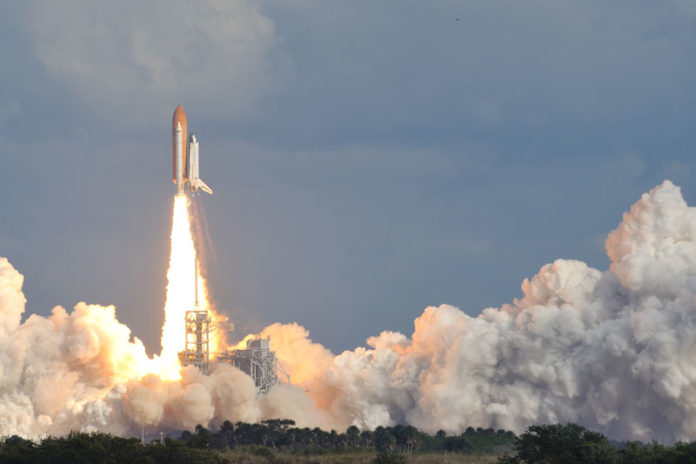The Pentagon announced that the United States will remain dependent on the Russian rocket engines to launch their military satellites in space till at least the mid of year 2020. Though the U.S. Government is pouring billions of dollars into research and development of their own rockets – efforts have not been fruitful.
This projection added several more years to achieve the initial targets that were laid out in 2014 by the lawmakers and Senior Air Force officials. These officials hoped that the US would be phasing out use of the Russian RD-180 rocket engines, especially after Russia annexed parts of Crimea.
The expectation that U.S. would make a switch that would encourage and use all American-built rocket engines as soon as year 2020, but experts are now saying that the most optimistic estimates push completion back to at 2024 – at the earliest. But the news is worse than that, because even if the US is able to construct its own rocket engines, they will still have to rely on Russian made parts while supply catches up to demand. The Wall Street Journal has reported that this will take through at least 2028.
The ULA – United Launch Alliance, a joint venture between the Boeing and Lockheed Martin, have contracted with the military to launch military satellites into orbit have so far failed dramatically to produce a US made rocket engine. And though ULA is still long in process of developing a new engine that would use all the American parts, their plans still actually utilize Russian made rocket engines.
The Air force has already spent more than $4 billion, funding ULA since 2015, and pays $420 million for each test launch.
SpaceX, owned by the entrepreneur Elon Musk, is the only other company that is allowed to conduct the national security space launches for the government, successfully manufactures the Falcon 9 rockets using all domestically made parts and pieces. Although the cost for the launch a Falcon 9 begins at a staggering $83 million per launch, that is almost a 40% less than an average ULA launch cost. Unfortunately, SpaceX’s engine still is very unreliable and unsafe compared to the Russian RD-180s engine.
Space X is expecting to launch a larger version of the Falcon 9 engines with major tweaking and corrections and is now called the Falcon Heavy, in the late 2017, but the number of engines required to launch the vehicle alone has already raised several structural issues for the launch.
The new space race is between American rocket manufacturers and Russia, with Musk now competing with ULA and Amazon Chief Executive Jeff Bezos’s Blue Origin startup business to develop cheaper, more efficient rockets using only American made parts.






























